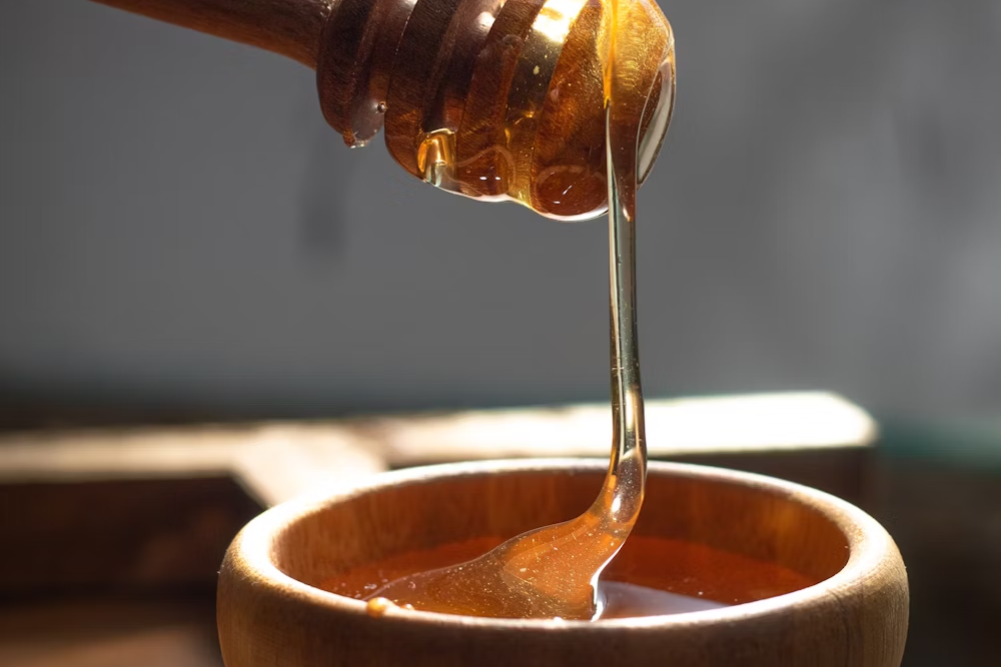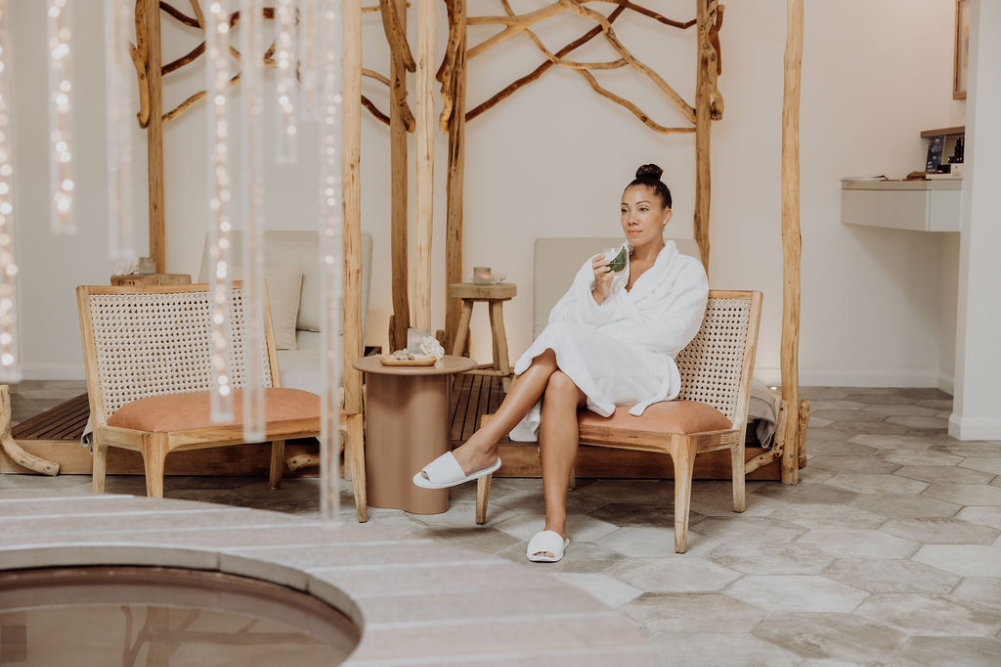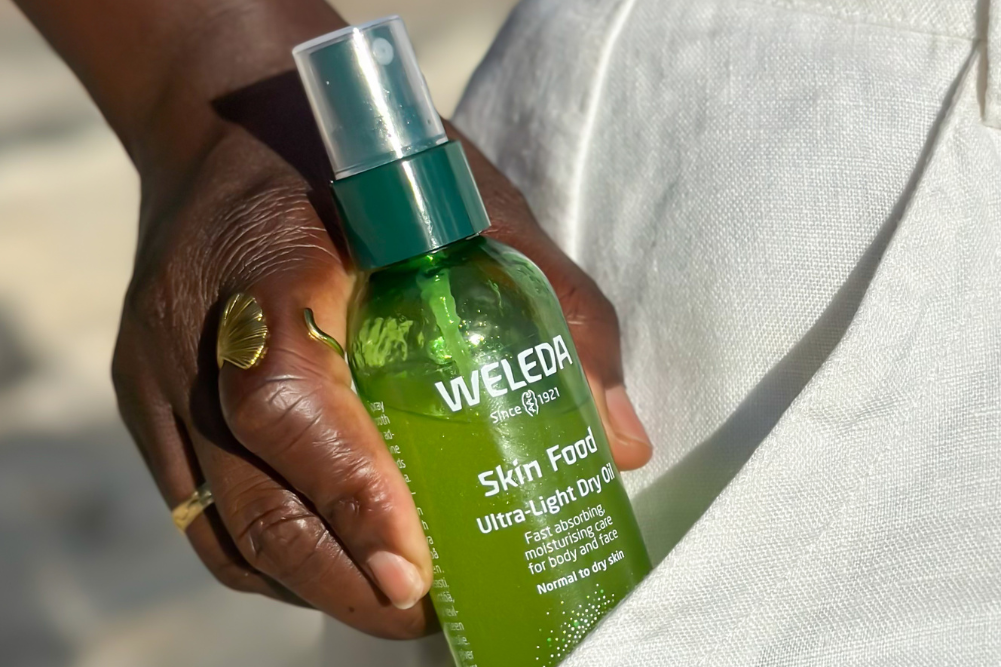Don’t neglect your breasts
Our poor breasts don\’t get much of a look in when it comes to body care. In fact, most people believe that, unlike your buttocks or thighs, there is really not much you can do naturally to enhance the health or appearance of the breasts — how do you exercise them? But, as with all the other structures of the body, there are many effective, natural ways to improve both their health and appearance.
Breasts are essentially made up of fat, connective tissue and glands (for making milk), attached to the chest wall with an intricate system of ligaments. The circulation in the breast works like it does in the rest of the body, using arteries, veins and lymphatic vessels. The arteries carry nutrient-rich blood to the cells of the breast and its tissues. This gives them what they need for good health. Toxins are constantly removed through the veins and lymphatic vessels. This detoxification process is imperative for breast health and for tone and texture of breast skin.
Breast massage helps stimulate the lymphatic system and promotes the removal of toxins. It also improves both breast tone and the condition of the skin. Whenever massaging the breast and nipple, use gentle circular motions (and rub your hands first to warm them). Unrefined vegetable and nut oils are the perfect medium for massage as they help lubricate the skin and are replete in vitamins, antioxidants and essential fatty acids. These nutrients promote skin radiance, texture and tone. They also help prevent stretch marks caused by weight fluctuations. Always extend the massage to the armpit.
Anything that impedes the detoxification process is not desirable for good breast health — ie antiperspirants and bras. Antiperspirants often contain aluminium salts and other questionable ingredients that stop the natural method of excretion, keeping toxins in when they need to get out. Look for natural deodorants (as opposed to antiperspirants) that are free of nasty chemicals. They are readily available in healthfood stores.
By nature, bras put a lot of restrictive pressure on the breasts, which can reduce the flow of toxins that need to be released. If you wear a bra, it’s important to make sure it fits well. Studies show that approximately 80 per cent of women wear bras that don\’t fit properly. Seek out a lingerie fitter in a reputable department store who can help fit a bra to your breast size and shape correctly. If possible, avoid underwire bras that put more pressure on the breasts and try to give your breasts as much free time as possible.
The upside to bras is they offer support and reduce bouncing, especially whilst engaged in sporting activities. They may also help defy gravity, keeping your breasts pert for longer (though some believe breasts sag because of the proportion of fat and tissue in them, which of course has nothing to do with wearing a bra).
On the subject of gravity, breast sagging is normal, though the causes are varied: genetics, multiple pregnancies, breastfeeding, weight fluctuations, hormonal changes and, of course, age and gravity. Size and shape are very individual and ultimately dependent on the amount of adipose (connective) tissue and glandular tissue (young women tend to have more glandular tissue than older women) you have. However, you can give them a “lift” by strengthening the muscles around the breast area.
Pectoral muscles that are underworked make breasts sag. Exercise physiologist Damien Kelly says, “Although you can\’t make a difference to the soft tissue of the breast, strength training will tone the pectoralis muscle below your breast, helping to lift and firm. Exercises like push-ups, chest press, flies and some dips work the chest area.”
He stresses, “Chest exercises are often done incorrectly. To get results, you must grade the weight so you can move through the full range of motion required. Push-ups are an example using bodyweight. At first, you probably can\’t do them military-style (prone on your toes with deep elbow bends). Instead, leaning on a table lightens the load on the elbow joint and allows you to do a full movement. As you grow stronger, you increase the depth of the elbow bend and eventually go on the ground on your knees, then toes.”
Kelly recommends exercises be done two to three times a week as many times as you can, but says it’s important to choose a weight that you can only do 12-15 reps. He says to give it a couple of months before you\’ll see significant results.
Topical treatments
The following ideas can help keep your breasts feeling and looking firm, your breast skin healthy and glowing.
- Green clay mixed with water applied to the area as a mask can help tone and refine the skin.
- Cold water splashed on the breasts helps contract and tone the breast tissues.
- Splash the breasts after a warm shower with cool water and follow by massaging them with oil.
- Cooled herbal teas that boast skin-toning properties such as witch hazel, horsetail and lady\’s mantle can work well as cool splashes.
- Essential oils that may help tone breast tissue are fennel, clary-sage, angelica, lemongrass, geranium, cypress, carrot, hops, parsley and spearmint.







